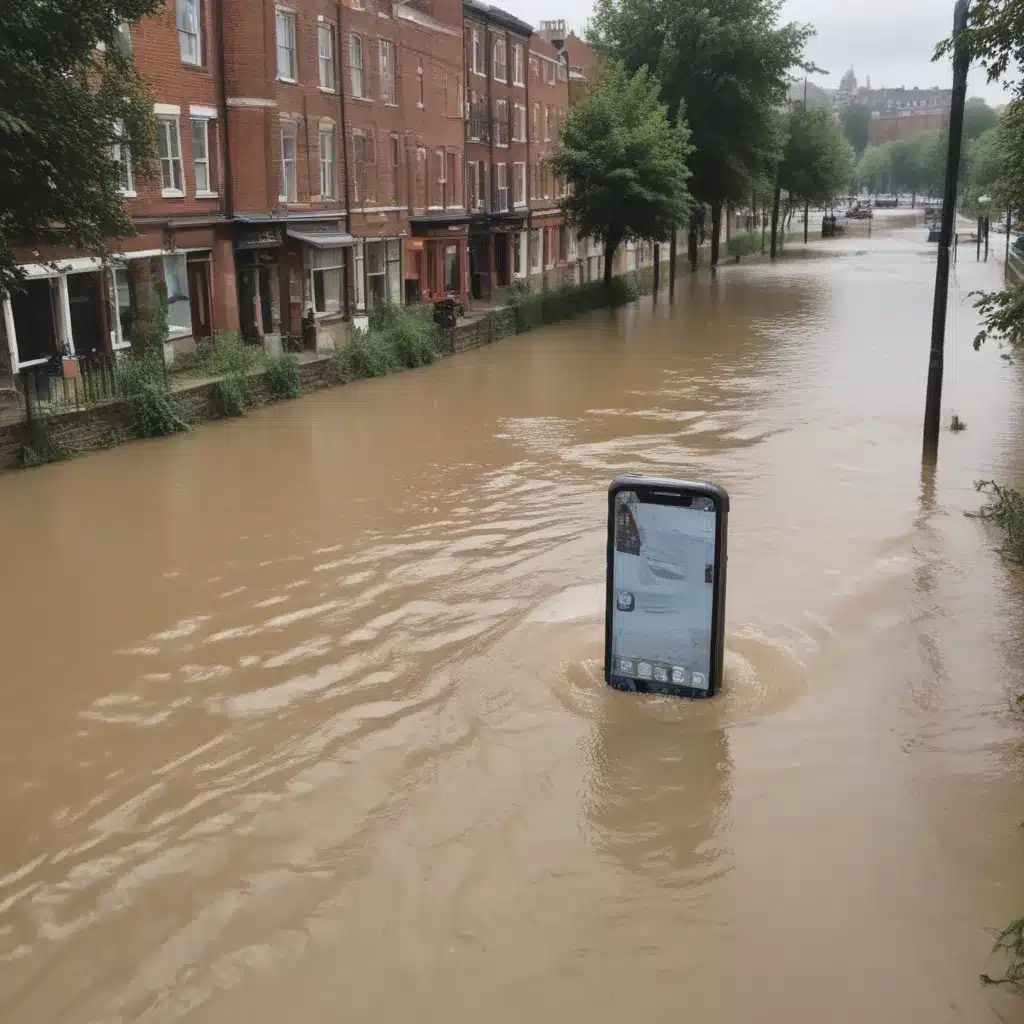
Effective flood risk management is a critical challenge facing communities worldwide. As the frequency and severity of floods continue to rise due to climate change, traditional approaches to public education and emergency preparedness are proving increasingly inadequate. Fortunately, emerging immersive technologies and gamification techniques offer innovative solutions to enhance flood risk communication and foster more engaged, resilient populations.
Now, this might seem counterintuitive…
Flood Risk Assessment: The Foundation for Effective Mitigation
Robust flood risk assessment serves as the cornerstone for developing tailored flood management strategies. This process involves a multifaceted approach, combining hydrological modeling, vulnerability analysis, and probabilistic risk evaluation. By understanding the likelihood and potential impacts of flood events, communities can make informed decisions about structural and non-structural mitigation measures.
Hydrological modeling leverages advanced geospatial data and analytics to simulate flood behavior, accounting for factors such as rainfall patterns, river dynamics, and terrain characteristics. Vulnerability analysis examines the susceptibility of infrastructure, assets, and populations to flood impacts, identifying high-risk areas. Probabilistic risk evaluation then quantifies the chances of flood occurrence and the associated consequences, enabling prioritization of mitigation efforts.
Structural and Non-Structural Flood Control Measures
Flood risk management employs a combination of structural and non-structural strategies to protect communities. Structural measures, such as levee design and construction, flood wall deployment, and retention basin development, serve as physical barriers against floodwaters. These engineered solutions require specialized expertise and significant investments, but can provide robust and reliable flood protection when properly designed and maintained.
Complementing structural measures, non-structural strategies focus on policy, planning, and community engagement. Examples include floodplain zoning and land use planning, establishment of early warning systems, and implementation of flood insurance programs. These approaches aim to minimize flood exposure and enhance resilience through proactive land management, enhanced preparedness, and financial risk transfer.
Integrated Water Resource Management: Sustainable Flood Mitigation
In the context of flood risk management, the principles of Integrated Water Resource Management (IWRM) offer a holistic approach to addressing the multifaceted challenges of water-related disasters. IWRM emphasizes the integration of stormwater management techniques, ecosystem-based flood mitigation, and flood emergency response strategies.
Stormwater management techniques, such as green infrastructure solutions, urban drainage system design, and sustainable drainage systems, aim to capture, infiltrate, and slow the flow of floodwaters, reducing the strain on traditional drainage infrastructure. Ecosystem-based flood mitigation strategies, including wetland restoration, riparian zone protection, and natural flood storage enhancement, leverage the natural capacity of landscapes to store and attenuate floodwaters.
Effective flood emergency response planning encompasses evacuation planning, disaster relief coordination, and post-flood recovery strategies, ensuring communities are prepared to respond swiftly and effectively when floods occur.
Geospatial Technologies: Enhancing Flood Management Decision-Making
Advancements in geospatial technologies have revolutionized the field of flood management, providing innovative tools for data collection, analysis, and decision-making. Remote sensing applications, including flood mapping and monitoring, rainfall-runoff modeling, and infrared imagery analysis, offer invaluable insights into the spatial and temporal dynamics of flood events.
GIS-based decision support systems further empower flood managers by enabling flood risk visualization, scenario modeling and simulation, and spatial data integration. These systems allow for comprehensive, data-driven assessments of flood risks and the evaluation of mitigation strategies, ultimately leading to more informed and effective flood management decisions.
Harnessing Immersive Technologies and Gamification for Enhanced Public Engagement
While technological advancements have significantly improved the technical aspects of flood risk management, a critical component often overlooked is effective public engagement and communication. Engaging the community in flood preparedness and resilience-building efforts is essential for the successful implementation of flood management strategies.
Flood Risk Awareness Campaigns
Innovative flood risk awareness campaigns can leverage the power of immersive technologies to enhance public understanding and emotional connection to flood risks. For example, virtual reality (VR) simulations can transport community members into realistic flood scenarios, allowing them to experience the impacts firsthand and develop a deeper appreciation for the need to prepare.
Similarly, augmented reality (AR) applications can superimpose flood inundation maps onto local environments, enabling residents to visualize the extent of potential flooding in their neighborhoods. These immersive experiences can captivate audiences, fostering a stronger sense of risk awareness and motivation to take proactive measures.
Participatory Flood Management
Beyond raising awareness, participatory flood management approaches empower communities to actively contribute to the decision-making process. Citizen science data collection, where residents assist in gathering flood-related information, can provide valuable localized insights to supplement official data sources.
Collaborative planning workshops that bring together residents, stakeholders, and flood management experts can facilitate the co-creation of tailored mitigation strategies, enhancing the relevance and acceptance of proposed solutions. Furthermore, the integration of gamification elements, such as interactive simulations and competitive challenges, can make the planning process more engaging and accessible to diverse community members.
Embracing the Future of Flood Risk Communication
As the impacts of climate change continue to intensify, the need for innovative and effective flood risk communication strategies has never been more pressing. By leveraging the power of immersive technologies and gamification, communities can foster deeper public understanding, engagement, and participation in flood management efforts.
Through the seamless integration of these cutting-edge approaches into comprehensive flood risk communication programs, communities can empower their residents to become active partners in building resilience, ultimately enhancing their preparedness and response capabilities in the face of increasingly unpredictable flood events.
To explore these innovative flood risk communication strategies further, visit Flood Control 2015 – a leading resource for flood management professionals, where you can find practical guidance, case studies, and the latest industry insights.
Example: London Flood Resilience Initiative 2024















